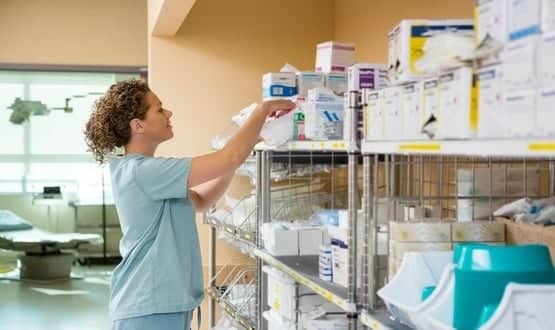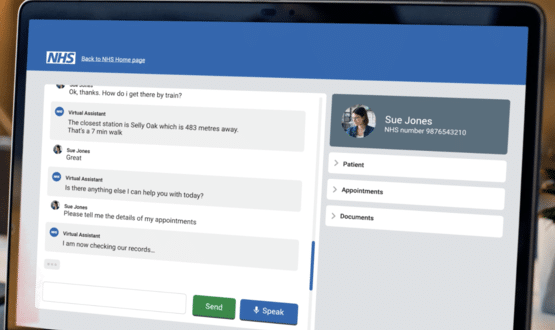Dartford and Gravesham exploring automation tech to ease clinical burden
- 2 March 2020

Dartford and Gravesham NHS Trust is working with health IT consultancy Cloud21 on a proof of concept for the use of robotic process automation (RPA).
The trust has embarked on an investigation to find out if technology that supports the automation of tasks could reduce the amount of time clinicians spend on repetitive tasks, such as routine orders for outpatient diagnostics.
Specifically, the trust is investing in the technology to automate the current manual process to transfer patient outcomes at the end of the day from its electronic check-in kiosk system into its patient administration system (PAS).
It is hoped that RPA technology could ultimately give healthcare staff more time to spend with patients.
Led by chief information officer, Neil Perry, Dartford and Gravesham developed a proof of concept based on Cloud21’s end-to-end automation platform, UiPath, to explore whether such technology could work with legacy systems used at the trust.
“The proof of concept demonstrated we can use software robots to determine whether patients are for follow-up or discharged, for example,” Perry said.
“There are also longstanding integration issues with national infrastructure solutions like the e-RS which has not been designed to support the efficiencies needed within the acute setting.
“In this case we receive documentation daily that needs to be manually organised for clinics and we are looking to process automation with advanced analytics to do this for us.
Based on the results, Dartford and Gravesham is now exploring how the combination of automation technology with analytics platforms could play a role in the trust’s IT strategy, in particular its plans for an electronic patient record solution to ease the administrative burden on clinicians.
The next project will focus on the e-Referral Service, which will involve automating the downloading of patient notes that have been uploaded to the patients record and transferring them to internal systems, such as its health portal and document management system.
Perry said: “We will start by automating some of the back-office functions within older applications which have limited integration capability. These serve us well and we would not want to switch out, but we do need to address the areas that lack interoperability.
“I see this as intelligent automation, which I think is key to the future of healthcare delivery.”
Beyond this, there is potential for automation technology at the trust, which is exploring how it could facilitate two-way communications with patients and proactive healthcare using chatbots, Perry added.
“Initially, we could see chatbots that can simulate conversation with users, either in voice or text, for scheduling appointments for example. However, we can go beyond this.
“We want to investigate the use of several technologies alongside personal health records, with integration to patients’ consumer health systems like MyFitnessPal, Fitbits and Apple watches.
“This opens enormous opportunities to assist patients to self-manage long term conditions or short-term illnesses and help coordinate the various interactions with the health and care system.”
Neil Taber, chief development officer, Cloud21 added: “Automation technologies and advanced analytics are long hidden yet mature technologies.
“Being able to test and demonstrate the possibilities that these provide our health service is an important step towards achieving the NHS 10 year plan, which requires the need for improved interoperability.
“We’re here to provide the advice and guidance needed for NHS trusts to utilise these technologies in their future strategies.”




